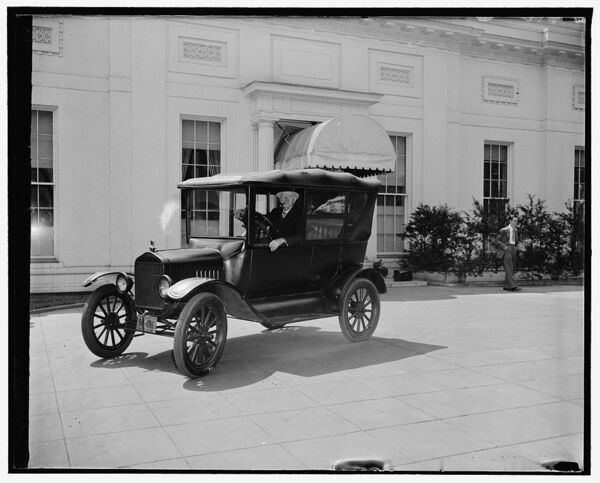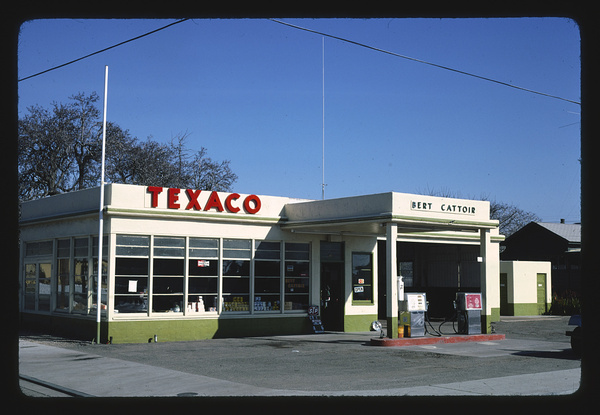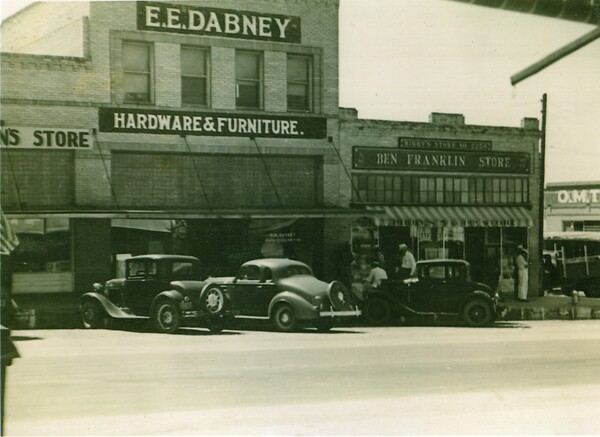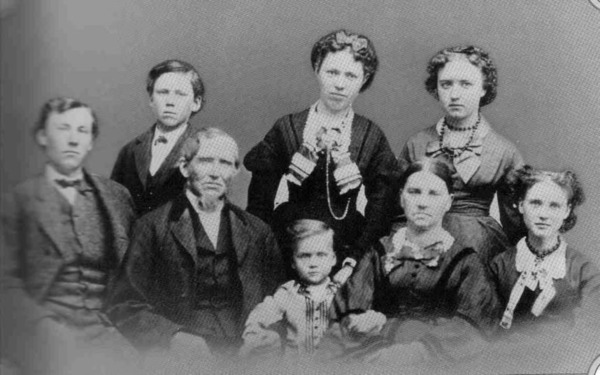From 1937-1944, the Farm Security Administration (FSA) dispatched some of the nation's top photographers to capture the lives of farmers and farm-workers across the country. While the images from the Dust Bowl out West were often heartbreaking, many of the images from the American South show sharecroppers in relative prosperity. The photos below are from a collection of images from Person County, North Carolina in July 1939.
A traditional sharecropper family on their homestead in July, 1939, just before cutting the tobacco.
The head of the family on the front porch of his farmhouse, July 1939.
A key element of a tobacco farm is the smokehouse that would be used to cure the tobacco. Here the young son of the family stands (in bare feet!) at the door of the curing barn.
The father and two daughters inspect the leaves - they will be ready to cut soon.
Family posing with the crop.
Here the mother of the family shows the process of preparing the tobacco to be cured. The leaves are bunched together and hung on these poles, which will then be suspended evenly throughout the curing barn.
Everyone is lending a hand at harvest time! Here the leaves are going in to the curing barn.
A good crop will fill the entire barn, as seen here. This was a relatively good harvest for the family.
A neighbor comes by to help with the harvest. During this time, people got by with what they had, as can be seen by the overalls that are a bit too long. These people certainly worked hard, though!
The curing barn is equipped with a number of holes through which long, split logs are inserted and slow-burned. The barn then fills with smoke in order to rapidly dry and cure the tobacco.
Once the harvest is all done and tobacco hung in the barn, the family and workers take a moment for a break. There was of course lots of racism in the South during this time, but among sharecroppers, a neighbor was a neighbor and people often worked hand in hand.
The boy of the family takes his turn monitoring the smoke logs. This is an important job, because you don't want the logs to catch more than a steady burn.
If you liked this story, please hit the "Share" button below to pass it on to your friends!




